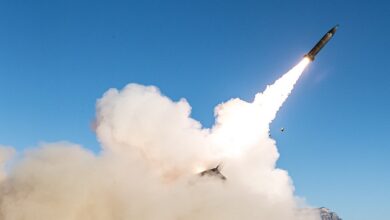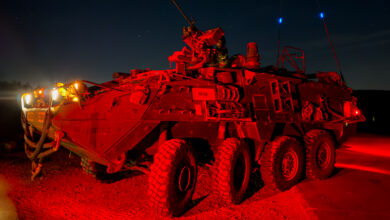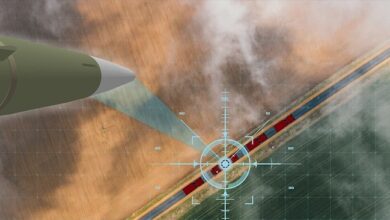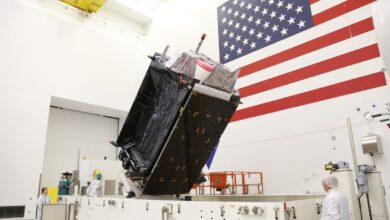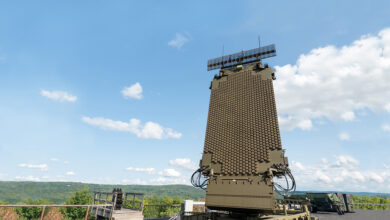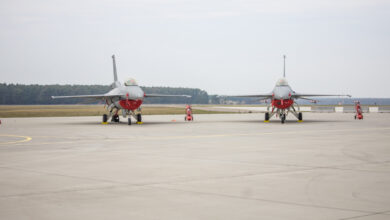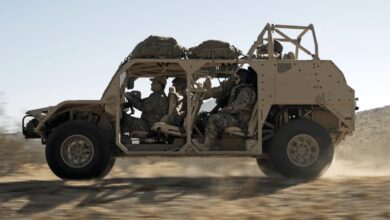Lockheed Martin Tests Missile Interceptor Communications System
Lockheed Martin announced on Monday that it has successfully tested the communications system of its Next Generation Interceptor (NGI).
During the trial, the company demonstrated the interceptor’s communications radio technology operating in harsh, adversarial environments.
According to Lockheed, the NGI and its components must be able to share and receive data at tremendous speed and extended ranges in adverse weather conditions.
The ability is crucial to provide in-flight situational awareness and enable elements of the missile interceptor to effectively respond to complex threats.
“Early demonstrations like this allow us to learn as we go and manage risk,” NGI program manager Sarah Reeves said. “This milestone continues the NGI team’s successful early and often testing cadence of critical technologies within our digital system design.”
The trial was part of the company’s effort to rapidly mature all components of the NGI before delivery in 2027.
NGI Program
Last year, the US Missile Defense Agency selected Raytheon Technologies and Lockheed Martin to develop a new missile interceptor system to replace the Army’s ground-based interceptors in Alaska and California.
With an estimated cost of $17.7 billion, the NGI must be capable of shooting down incoming nuclear missiles from countries such as North Korea and Iran.
Earlier this month, Northrop received a $3.28 billion contract for the design, assembly, trials, and fielding of its version of the NGI.
The weapon system must utilize advanced radars, command and control systems, space sensors, and other interceptors to improve protection against intercontinental ballistic missiles.



